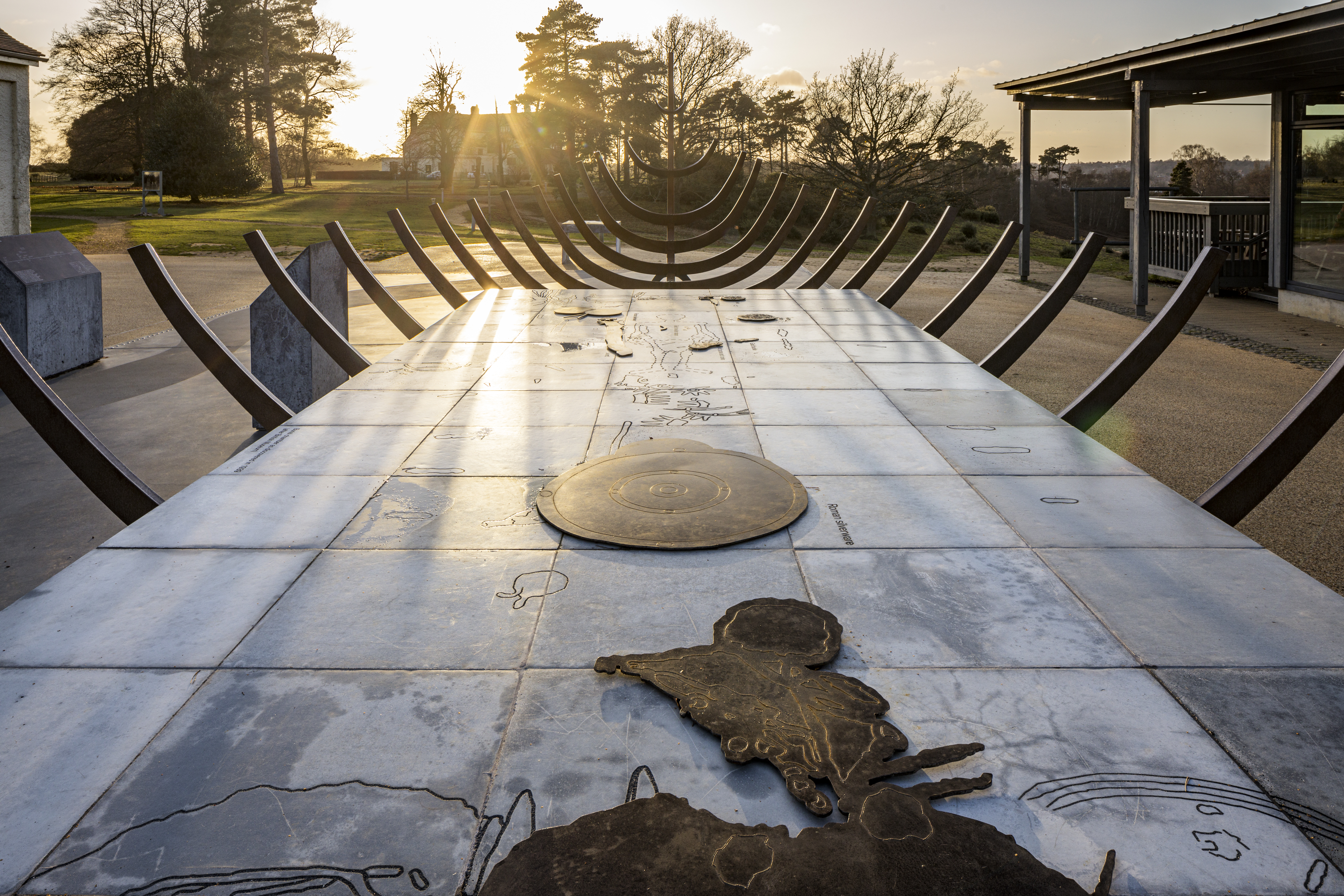A Celebration of the Real-world Museum
In March 2020, during the first covid-19 lockdown, museums and many other cultural organisations rushed to move content and experiences to digital platforms. Tours, exhibitions, events, performances, talks and all sorts of craft and activities were suddenly available to us to explore as we got used to our new existence at home. This move was natural, because suddenly, museums could no longer engage its audiences within their physical spaces. It was probably also welcome, at least at first, because we at home, were initially hungry for the experiences we had been deprived of.
But more than a year on, we know we can never replace the physical experience of exploring a museum or a historical environment in person. There is something truly magical about stepping into a place - a building, a landscape or an old house - and discovering it for ourselves. Where we are free to roam and able to connect with the tangible world that surrounds us. A world that is tactile and present and that we can discover directly with all our senses.
Digital solutions are of course vital for the modern museum and have a firm place in its future, from digital access of collections and the engagement through social media platforms, to opportunities to tell stories in new ways. But at a time when we have been deprived of experiencing museums in a real-world sense, let’s stop for a moment to celebrate the act of experiencing the museum physically and in person. We are hungry for real human connections and in-person physical interactions with the world around us, where our phones remain in our bags, even if just for a moment.

Through how we design and interpret, we can embrace and enhance the physical real-world experiences people have within the spaces of a museum or heritage place. Consider, for example, the Anglo-Saxon burial ground at Sutton Hoo, where we, at Nissen Richards Studio, recently redesigned and interpreted the visitor experiences across landscapes and buildings. The stories and the understanding of this place are very much bound up in the physicality of the landscape and experiencing it through physical interactions is key for appreciating the significance of the place.
To make these connections, we designed an experience that connects us with the historical landscape in a tangible and physical way. The new paths that take us through the landscape also help us understand the significance of the River Deben nearby, and allow us to follow in the footsteps of the Anglo-Saxons who attended the burial ceremonies here. We can nearly imagine being here then. On this route, carefully positioned nodes direct our gaze in a certain direction and tactile concrete models of the landscape give us a physical overview of the landscape that surrounds us.

When we arrive at the Burial Ground, where the powerful Anglo-Saxon aristocracy of East Anglia were once buried, we climb up the viewing tower. From up here, it is suddenly much clearer to see the now flattened burial mounds and we can begin to understand their place within the wider landscape. Once the mounds stood majestic against the horizon, but today, their outlines are faint. Over time, farming and erosion have taken their toll.
By exploring the physical realities of the burial ground and landscape from this raised point, not only are we able to see the outlines of the burial mounds much clearer, we also have an in-person tangible experience that places us firmly in the landscape. Directing views, choreographing journeys, giving new physical perspectives, can perhaps be seen as simple solutions, but done well, they can transform how we see the world.

